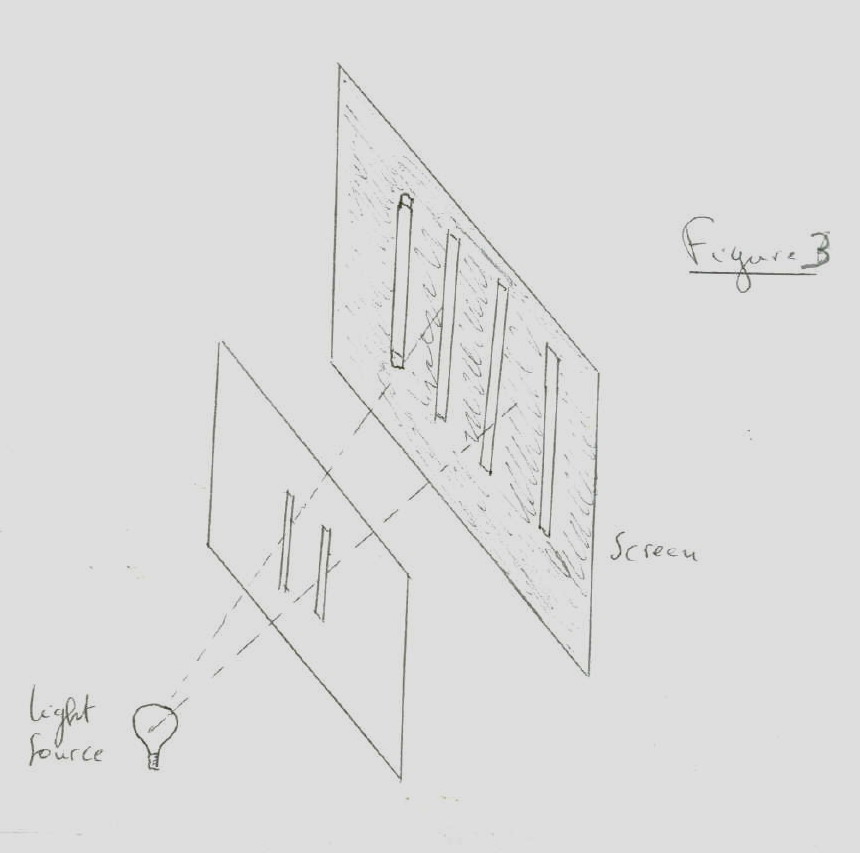7- Quantum Mechanics
In the 1920s scientists introduced a new theory that take into consideration the uncertainty principle. According to this theory known as Quantum Mechanics, the position and velocity of particles cannot be both measured with accuracy; instead a quantum state, a combination of position and velocity, is associated to them.
The main difference between the old and the new theories is that quantum mechanics never predicts a definite result for a measurement. Instead it predicts a certain number of possible values, and the probability to obtain each of them. In other words, one can predict the percentage of times one get a certain value, but one cannot predict the exact value of a specific measurement. Some scientists did not accept this new theory, one of them being Einstein himself although he contributed to its development. Einstein could not accept that the laws of the universe were not precise. He summed up his objections by saying: "God does not play dice." However, quantum mechanics agreed with experimental results and, in the end, most scientists accepted it. Gravity and the theories of the universe do not fit in it as yet.
As we know light is made up of waves but, in some cases, it behaves as it was made of particles as foreseen by Planck's quantum theory. This is due to the fact that it can only be emitted and absorbed in fixed quantities, or quanta. On the other hand, Heinsenberg's uncertainty principle tells us that particles, in some cases, will behave like waves (they do not have a definite position, but have a certain probable distribution in space). It is now known that there is a duality between waves and particles; sometime it is better to describe particles as waves and, in other cases, we must see waves as particles.
One of the first consequences is that, because of their duality, both waves and particles interfere between themselves in the same way. For instance, let us sent a beam of light on a wooden board that has two parallel cuts in it and let us place a dark screen behind (see figure 3). The light going through the cuts hits the screen after travelling different distance. The two secondary beams coming out of the cuts will not always be in phase; in some places on the screen both will be in phase and reinforce each other, while in others they will cancel each other. The result is a pattern of light and dark lines. Now if we replace the main light beam by a source of particles such as electrons, protons, etc, (with a definite speed), one gets exactly the same result.

If we sent the electrons through the two slits one at a time, it would
seem obvious that each single electron would choose to go through one slit
or the other but without interfering with the other sent before or after
it. In fact, the interference goes on giving the impression that each electron
goes through the two slits at the same time and interferes with itself.